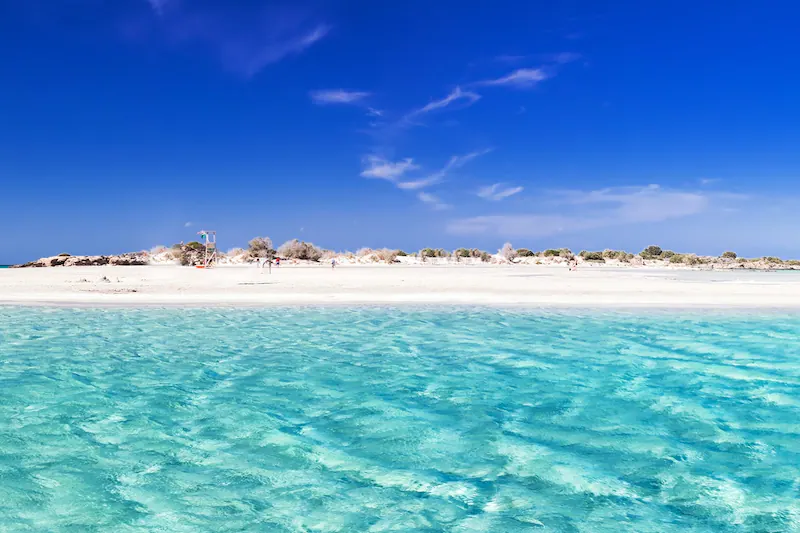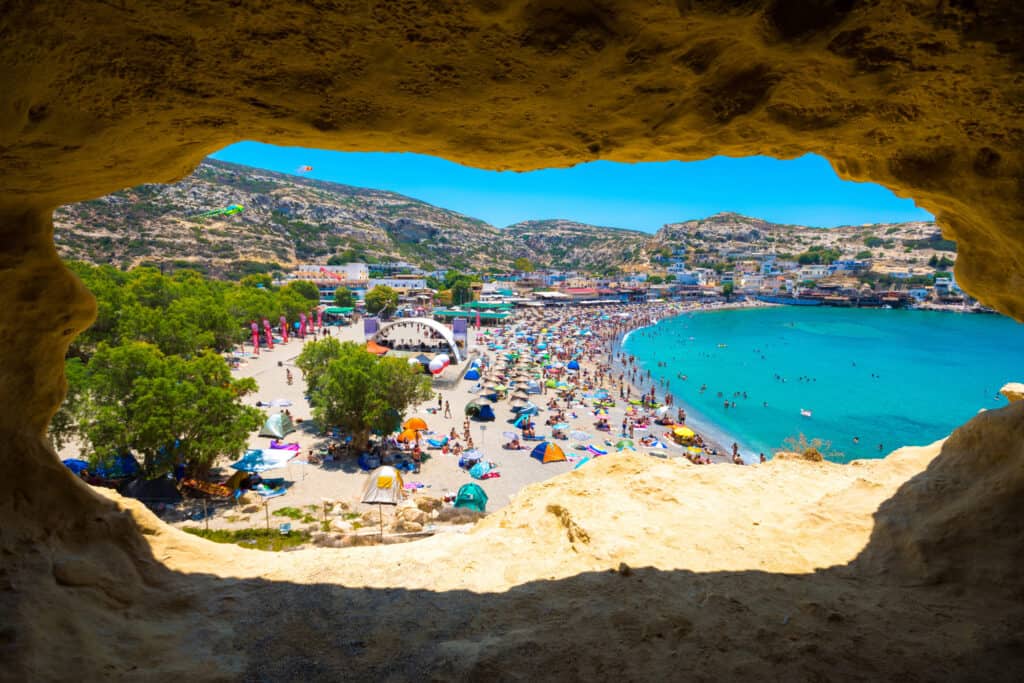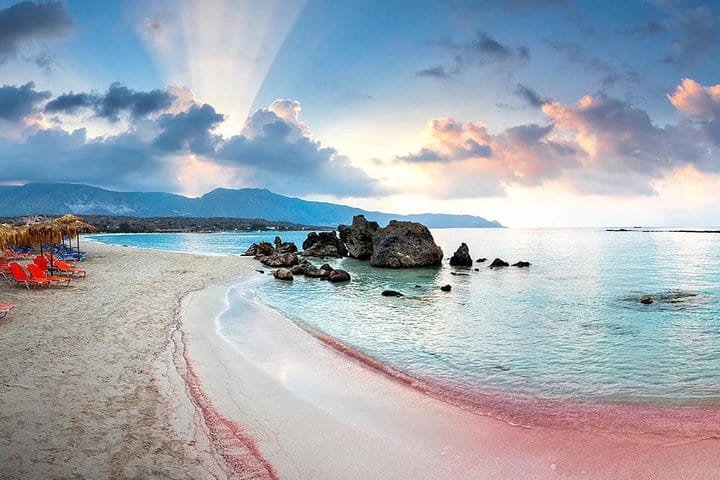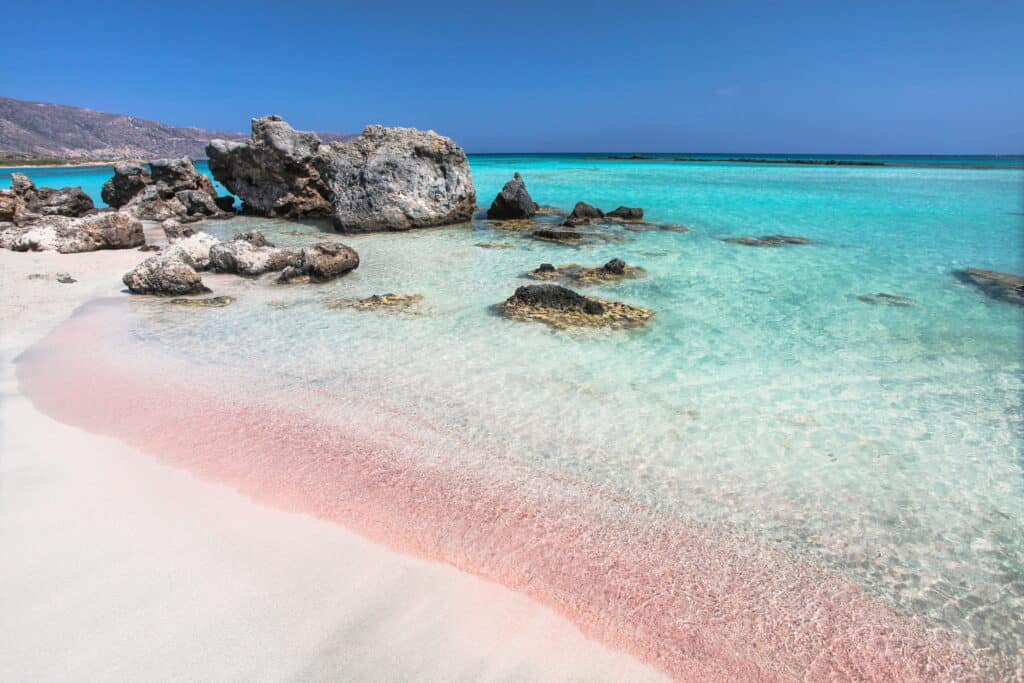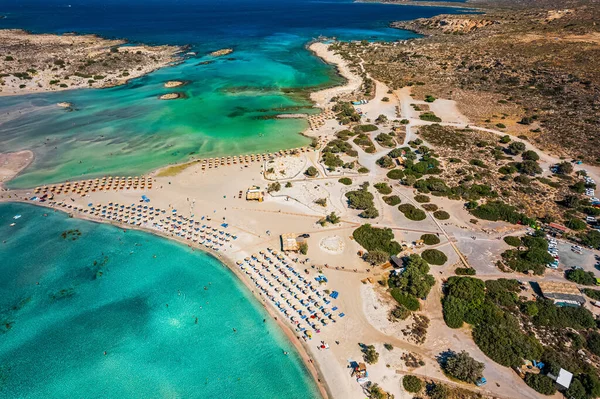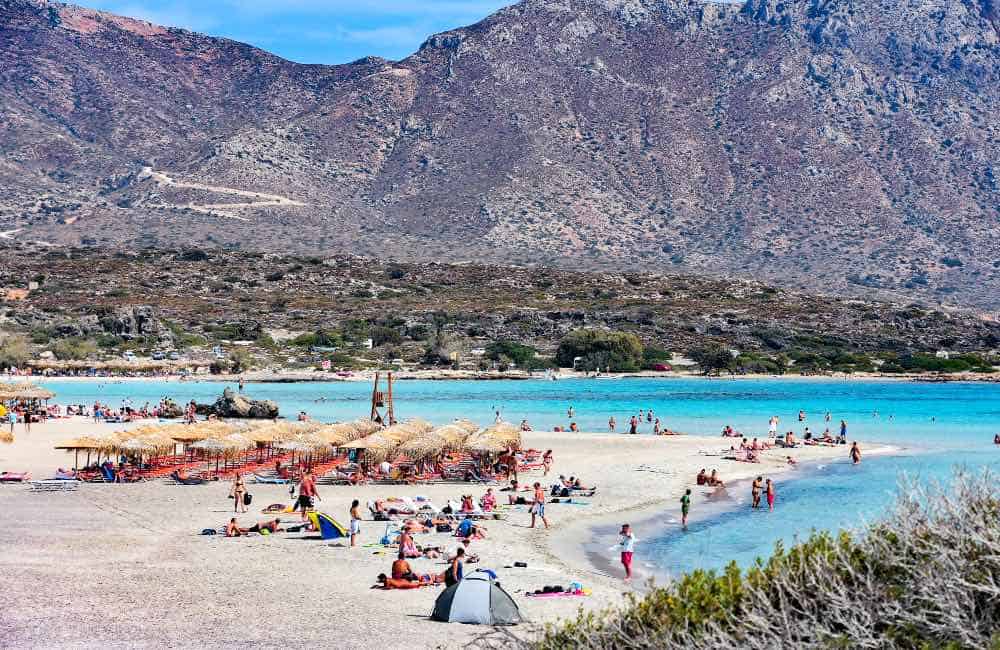Does Crete Get Earthquakes?
Beneath the Beauty
Crete, the largest and most populous of the Greek islands, is renowned for its historic sites, its warm Mediterranean climate, and its breath-taking beaches. But beneath this serene beauty, the island has a more tumultuous side – it’s located in an active seismic region. So, does Crete get earthquakes? The answer is yes, and in this article, we’ll delve into Crete’s geological location, the history of seismic activity on the island, and how to stay safe during an earthquake.
Just a heads-up: Some of the links you’ll see in our articles are affiliate links. This means that if you decide to click on one of these links and make a purchase, we may earn a small commission at no extra cost to you. We only recommend places, activities, and products that we truly believe in and think you’ll love.
Crete’s Geology and Seismic Activity
Crete is located in the Eastern Mediterranean, a region known for significant tectonic activity. The island sits at the boundary of the Aegean Sea Plate and the African Plate. The slow, constant movement of these plates can generate considerable seismic energy, which is released in the form of earthquakes.
While this may sound alarming, it’s essential to note that earthquakes are a regular part of life in many parts of the world, and the majority of them are so minor that they pass unnoticed by people. Crete does experience frequent seismic activity, but most of these tremors are too weak to be felt.
History of Earthquakes in Crete
That said, Crete has experienced larger, more noticeable earthquakes throughout its history. The island’s seismic history includes several significant earthquakes, the most severe of which occurred in 365 AD. This earthquake, estimated to have been a magnitude 8.5, resulted in a tsunami and caused substantial damage and loss of life.
More recently, the island has experienced a number of smaller but still significant earthquakes, such as the 6.6 magnitude earthquake in 1926, and the 6.4 magnitude earthquake in 1978.
Staying Safe During an Earthquake
While the possibility of an earthquake might seem daunting, especially to tourists unfamiliar with seismic activity, it’s important to note that Greece has robust building regulations designed to withstand such natural phenomena. Furthermore, the Greek authorities are well-prepared to manage such situations and ensure the safety of both residents and visitors.
If you do experience an earthquake while in Crete, the best advice is to stay calm and follow the internationally recommended safety procedure of “Drop, Cover, and Hold On”. Drop to your hands and knees, cover your head and neck, and if possible, shelter under a sturdy piece of furniture. If that’s not possible, move against an interior wall and protect your head and neck with your arms.
Conclusion
So, while Crete does indeed experience earthquakes due to its location within an active seismic zone, it’s important to put this in perspective. The majority of earthquakes are minor, and significant quakes are relatively infrequent. Moreover, both the local infrastructure and emergency services are well-equipped to deal with such events.
As with any travel destination, it’s wise to be aware of the local conditions and potential risks, but don’t let the possibility of earthquakes deter you from experiencing the incredible culture, history, and natural beauty that Crete has to offer.

